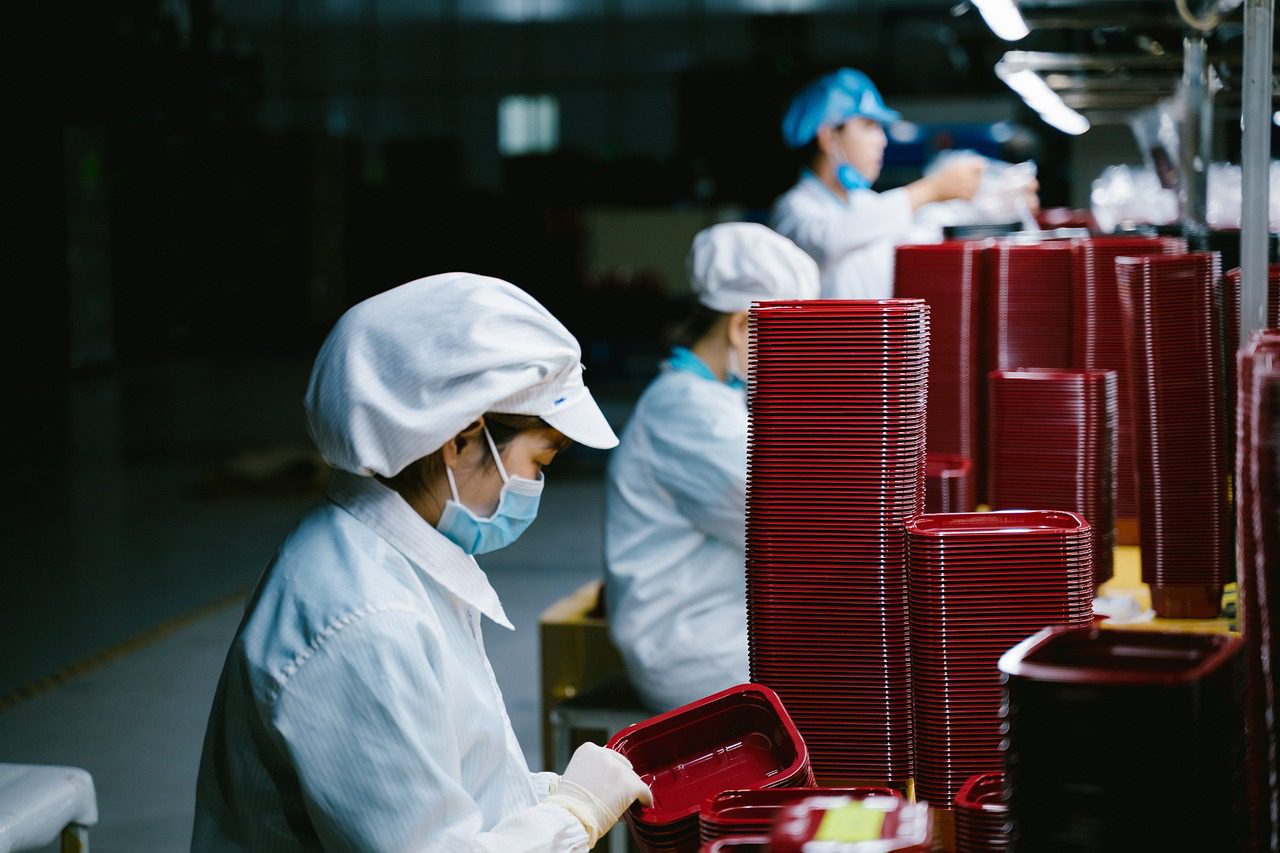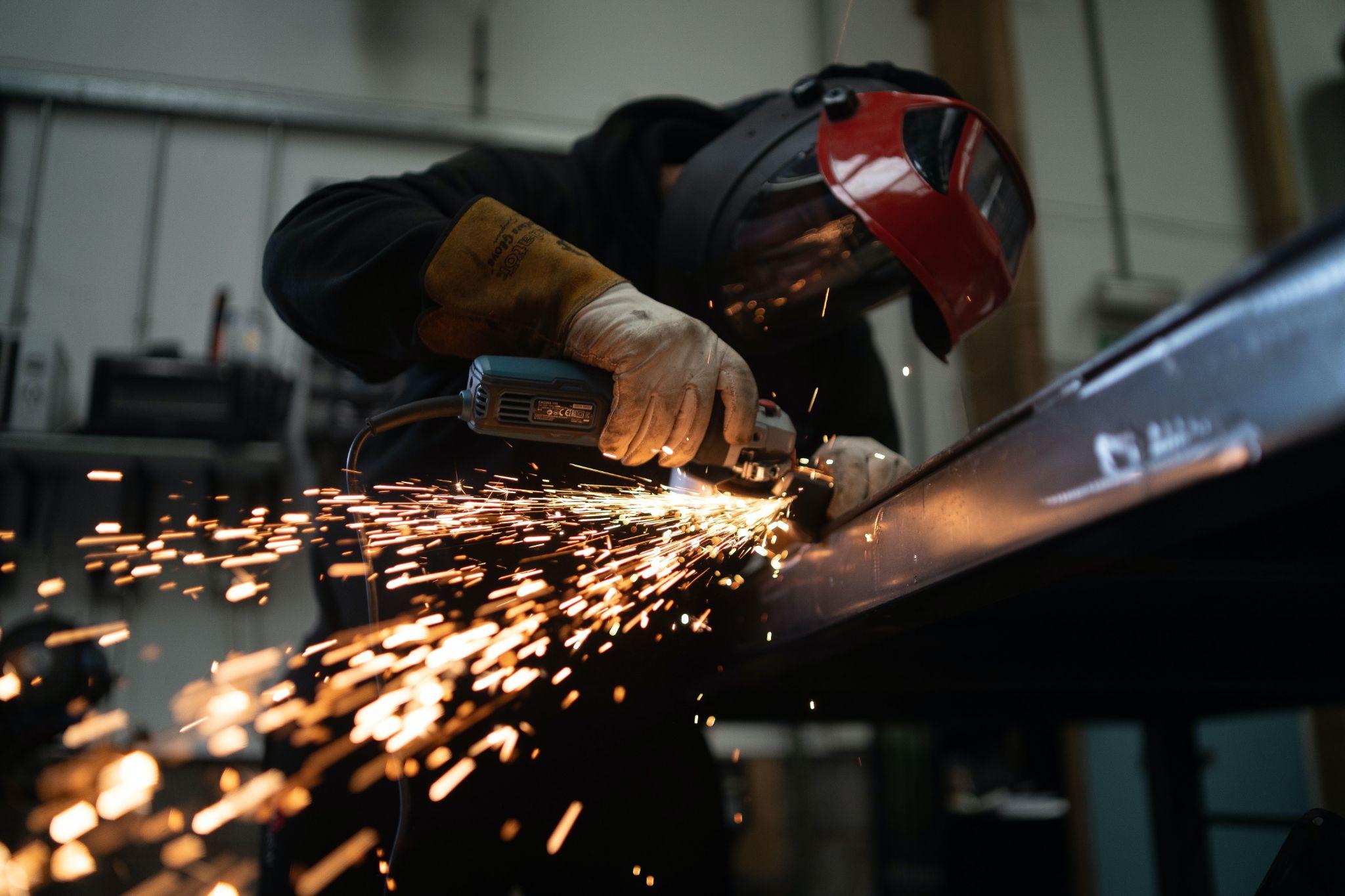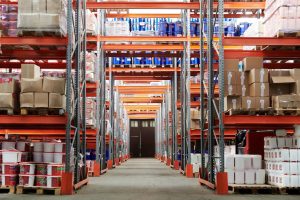The Right Way to Do Dropshipping

1. Choose a Dropshipping Business Idea
You can’t just jump into the business thinking that you can do anything and everything. You need to pick a market to fulfill, whether it’s clothing, electronics, or any other kind of market that might interest you. Or you could broaden your horizons and be a fulfillment service shopify to cover several small markets at once. Focus on the top-selling and trendiest products to ensure that you’re always seeing product flow.
2. Do Research
Now that you’ve decided what you’re going to sell in your store, it’s important that you look at who your competitors are and how they operate. By seeing their methods, you might be able to come up with a method of your own that works a lot better and make you more successful. Finding your competitors can be as easy as the results of a search engine or browsing social media to see who the big players are.
3. Choosing A Supplier
This is a big important step in having a successful dropshipping business. Without a supplier, you have no products to move around, and you want a supplier that is going to be reliable as well. There are e-commerce platforms out there that can help connect potential supplies with your online store. Be sure that you also choose a supplier that has affordable international shipping as well so that customers can receive their products in time without having to spend a fortune.
4. Build Your E-Commerce Store
Now it’s time to put in the effort to build a store that is not only functional but also looks great. Pick a domain name that is an accurate reflection of what your online store is selling and also sounds attractive. You can choose from a variety of sales plug-ins to take care of the commerce side of your website so that you don’t have to do every transaction manually yourself.
5. Market Your Dropshipping Store
Now that everything is put together, you need to get the word out there about your store. There are several ways to do it, including having paid ads on social media sites like Facebook. They’re a great way to get the word out if you’re particularly new to advertising.
Another option is influencer marketing, which is finding influencers you trust to reach your target audience through their promotional videos and content. Of course, this requires you staying up to date with the influencers that are out there so that you know which ones are in good standing with the general public.
A lot of time and effort are required to build a dropshipping business on your own from the ground up. At times it can feel like an impossible uphill climb, but if you stick with it and put in the work, your dropshipping business can start to pay off in no time.




